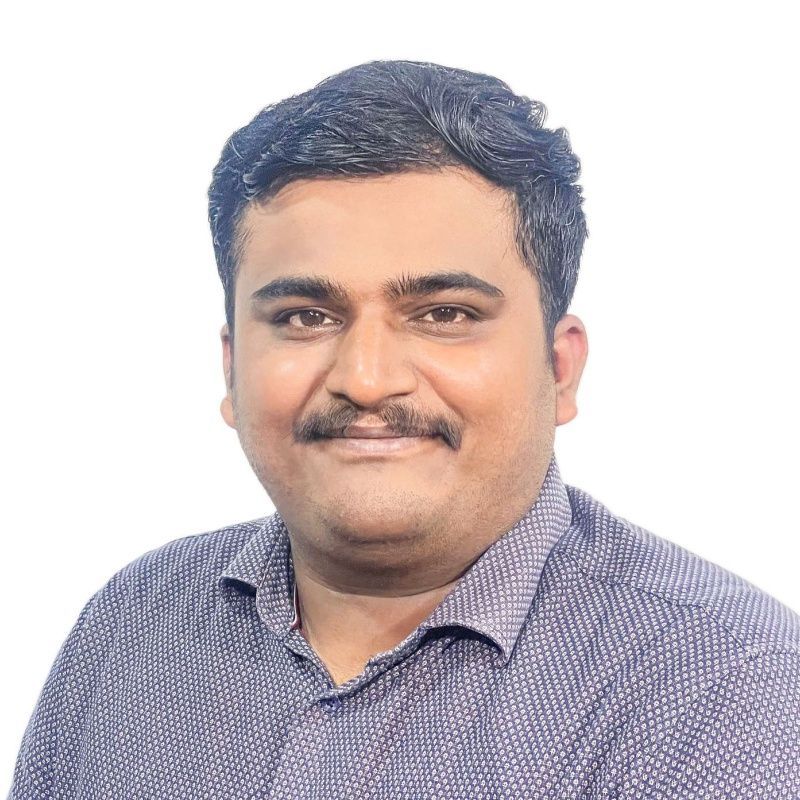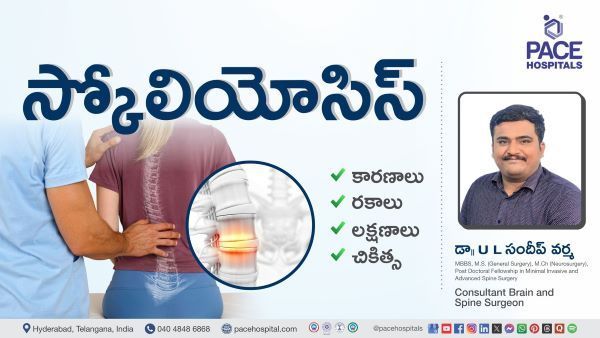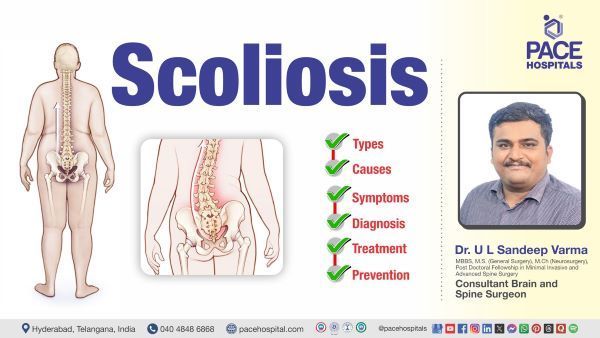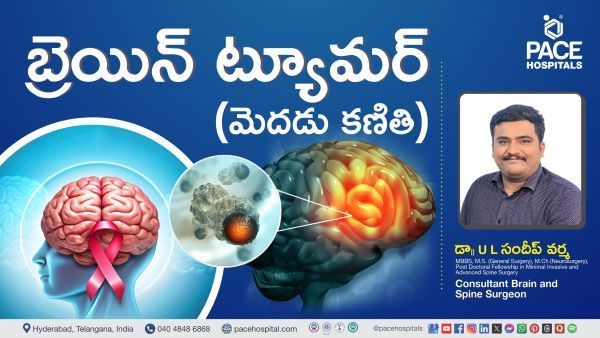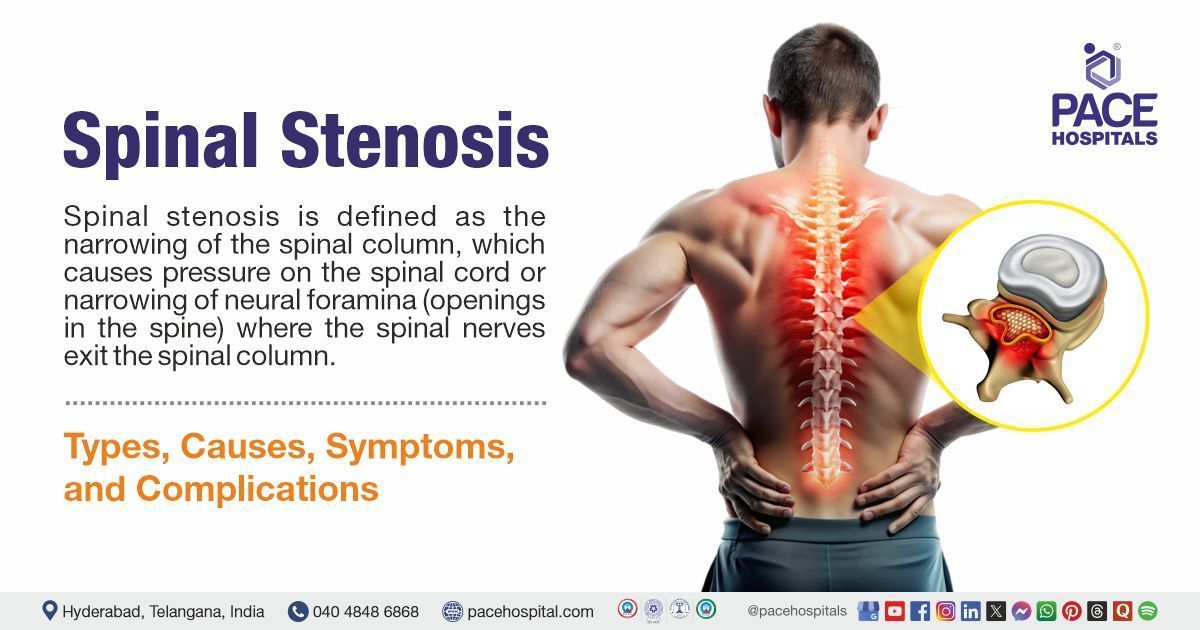Neurosurgery Hospitals in Hyderabad, India - Advanced Neurological Disorders Treatment
PACE Hospitals is one of the Best Neurosurgery Hospitals in Hyderabad, India, providing advanced surgical and rehabilitation therapy to treat all kinds of brain, spinal cord & peripheral nerve disorders. The team of skilled neurosurgeon doctor have vast expertise in managing complex and critical brain disorders & injuries, spinal disorders and nerve compression issues, including
- Brain tumors (benign and malignant)
- Stroke (hemorrhagic or ischemic)
- Parkinson’s disease, Epilepsy, Essential tremors, Traumatic brain injuries (TBI)
- Aneurysms and vascular malformations
- Myelopathy (spinal cord injury) and Radiculopathy (pinched nerve)
- Hydrocephalus, Intracranial hematomas, Brain abscesses
- Degenerative disc disease, Herniated discs, Spinal stenosis
- Nerve injuries and neuropathies, Arteriovenous malformations (AVMs)
Why Choose PACE Hospitals for Neurosurgery?
Advanced Neurosurgery care
Providing comprehensive and advanced neurological disease treatment to a wide range of brain injuries, spinal cord disorders and nerve compression issues.
Advanced State-of-the-art Facility
Equipped with state-of-the-art and cutting edge diagnostic equipment, robotic and minimally invasive surgical facilities for neurological disorders treatment.
World-Class Neurosurgeons
Team of experienced neurosurgeon doctor, spine neurosurgeon, brain neurosurgeon with vast experience in minimally invasive brain and spine surgery with expertise in neuro navigation system.
Best Hospital for Neurosurgery in Hyderabad –
Advanced Brain & Spine Care
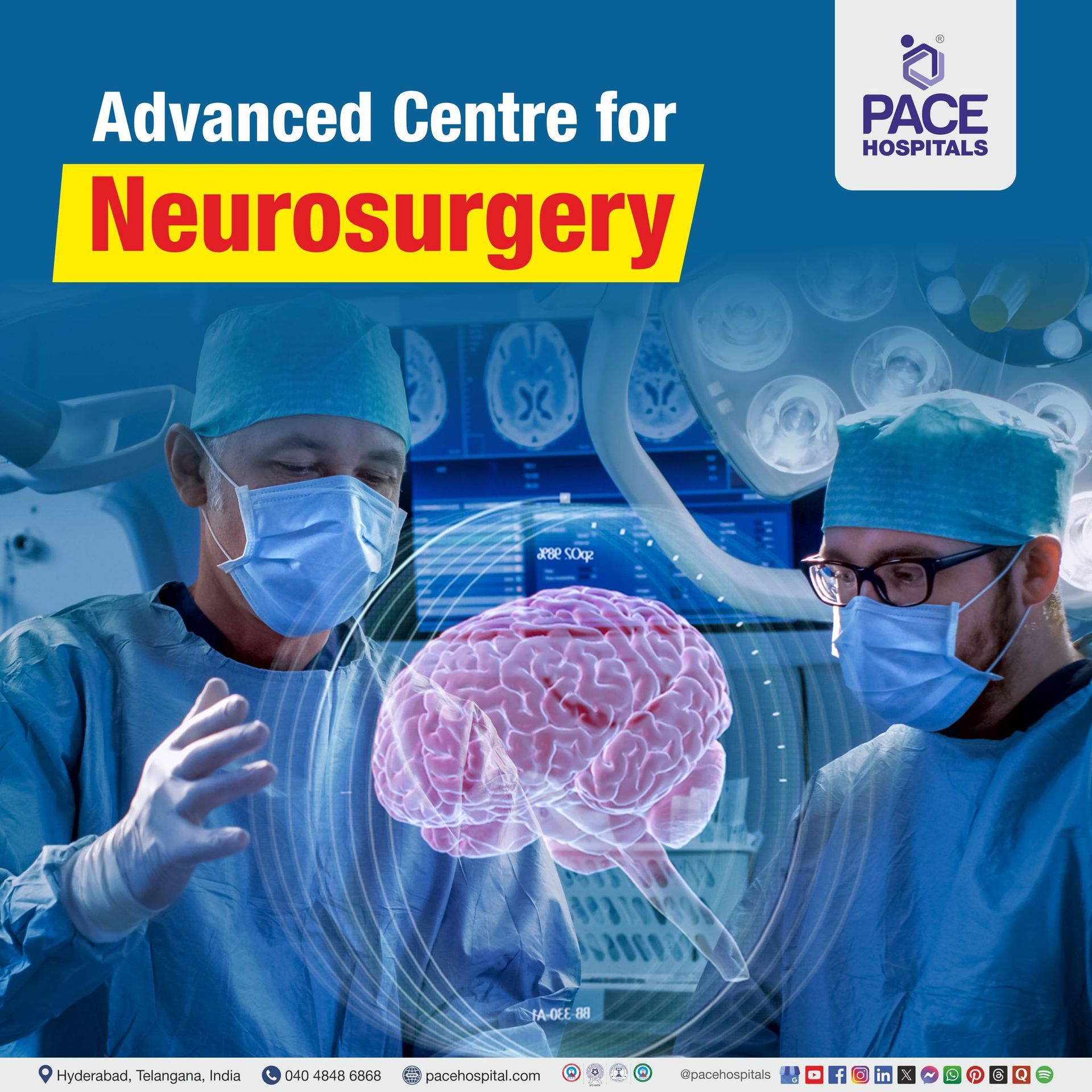
The Department of Neurosurgery at PACE Hospitals is one of the Best Hospital for Neurosurgery in Hyderabad, Telangana, India, staffed with a team of spine neurosurgeons, brain neurosurgeons and paediatric neurosurgeons, expertise in advanced minimally invasive techniques and skilled in Intraoperative neurophysiological monitoring to perform advanced surgical procedures like Endoscopic Neurosurgery, Keyhole Surgery, Trauma and Emergency Neurosurgery, Neuro-Oncology, Microneurosurgery, Spinal Endoscopy, Neurovascular Surgery, Minimally Invasive Spinal Surgery, Endovascular Neurosurgery, ensuring precise and effective treatment with faster recovery and optimal outcomes.
The neurosurgery department is backed by cutting-edge advanced diagnostic facilities like high-resolution MRIs, CT-guided imaging, intraoperative monitoring (IOM) and, electromyography (EMG), electroencephalographic (EEG) monitoring to ensure early detection and accurate assessment of neurological conditions.
3,28,338
99,825
684
2011
Best Neurosurgeon Doctor in Hyderabad | Spine Neurosurgeon
A team of the best neurosurgeon doctors in Hyderabad, India, having extensive expertise in handling complex neurological conditions including Traumatic Brain Injury (TBI), Anoxic & Hypoxic Brain Injury, Haemorrhagic Brain Injury, Spinal deformities like Spinal Stenosis, Herniated Disc and Nerve Compression Syndromes. They are well versed with different treatment modalities and expertise in procedures like spinal decompression, tumour excision, cerebrovascular surgeries, and functional neurosurgery for conditions like epilepsy and Parkinson’s disease.
PACE Hospitals - The Best Neurosurgery Hospitals in Hyderabad, Telangana, India are led by top neurosurgeons with expertise in brain surgery, spine treatments, and nerve disorders. Their
Precision-driven skill and vast experience in advanced neuro-intervention and minimally invasive techniques ensure exceptional patient care and successful treatment outcomes.
Dr. U L Sandeep Varma
MBBS, M.S. (General Surgery), M.Ch (Neurosurgery), Post Doctoral Fellowship in Minimal Invasive and Advanced Spine Surgery
Experience : 10+ years
Consultant Brain and Spine Surgeon
Brain & Spine Disorders Explained by Drs
Need Help?
Facing frequent seizures, debilitating headaches, persistent back or neck pain, weakness in your arms or legs or seeking treatment for conditions like brain tumours, stroke, hydrocephalus, epilepsy, aneurysms, or Parkinson's disease, herniated disc, neuropathies? Our expert neurosurgeon doctor provides patient-centric, compassionate and evidence-based neurological care. From minimally invasive, robotic surgeries to complex brain and spine procedures, PACE Hospitals is dedicated to helping you restore your mobility and enhance your quality of life. Get the trusted neurosurgical care at PACE Hospitals, an advanced Hospital for Neurosurgery in Hyderabad, offering expert care and the latest treatment techniques for brain and spine conditions.
Neurosurgery Services Offered at PACE Hospitals
We have expertise in treating and managing all kinds of neurological diseases and disorders affecting the brain, spinal cord, peripheral nerves and the vascular system of the brain and spine. From complex brain injuries like Skull Fractures, Intracranial Hematomas, Arteriovenous Malformation, Aneurysm rupture, Hemorrhagic Stroke, Anoxic Brain Injury, Hypoxic Brain Injury, Cerebral Edema, Brain Abscesses, Meningoencephalitis to complicated spinal disorders, nerve compression issues and movement disorders like Cervical Radiculopathy, Myelopathy, Spinal Stenosis, Herniated Disc, Carpal Tunnel Syndrome, Sciatica, Parkinson's Disease, Essential Tremor, Dystonia, Ataxia.
As the Top Neurosurgery Treatment Hospitals in Hyderabad, PACE Hospitals is committed to offering exceptional neurological disorders treatment backed by expert neurosurgeons, state-of-the-art technology, and advanced medical procedures to ensure patients' best possible care and recovery.
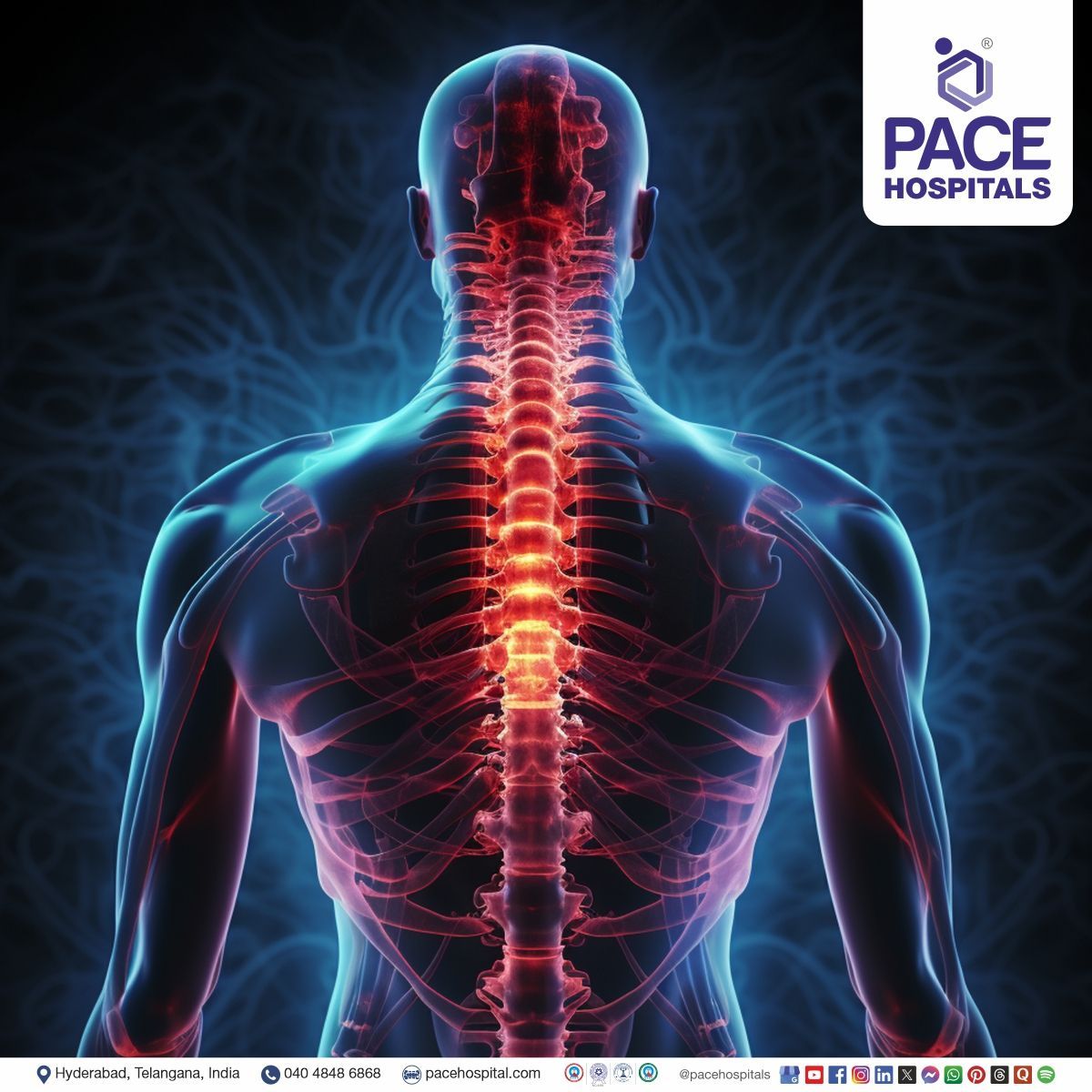
Patient Testimonials
A patient from Bangladesh with
severe headaches and vision loss for 2 years was treated successfully with
Brain Tumour Surgery.
Advanced Neurosurgery Diagnosis and procedures at the Best Neuro Surgery Hospitals in Hyderabad
The Neurosurgery department at PACE Hospitals is provided with cutting-edge advanced diagnostic tests like functional MRIs, CT angiography, and electroencephalography (EEG), enabling thorough evaluation and evidence-based patient-centric treatment for neurological conditions like brain tumors, spinal stenosis, and nerve compression.
Experience world-class neurosurgical care at the Best Neuro Surgery Hospitals in Hyderabad; our neurosurgeons ensure precise diagnosis and cutting-edge procedures for brain and spine conditions through advanced techniques like neuro-navigation and robotic-assisted surgery and procedures like microdiscectomy, spinal fusion, neuro-endoscopy, endoscopic brain surgeries, kyphoplasty, stereotactic radiosurgery for enhanced precision, minimal scarring, and faster recovery.
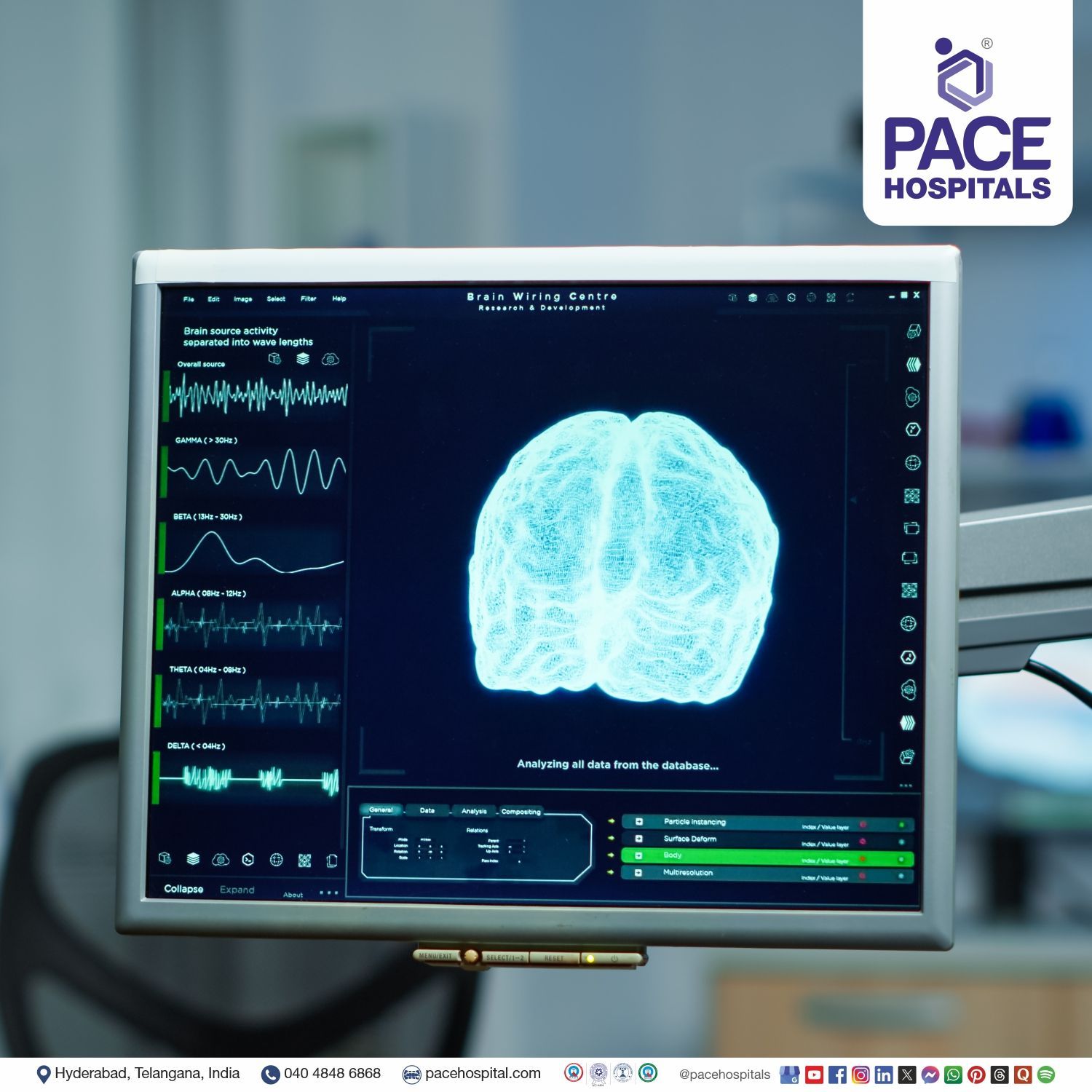
1.Brain MRI: Magnetic resonance imaging (MRI) of the brain is a safe and painless (non-invasive) imaging technique that works by using strong magnetic fields and radio waves to produce high-quality two or three-dimensional images of the brain, brainstem, and cerebellum without ionizing radiation (X-rays) or radioactive tracers. This test is crucial for diagnosing neurological conditions such as brain tumours, strokes, multiple sclerosis, and neurodegenerative diseases. MRI shows differences between types of soft tissues in the brain and is helpful in detecting abnormalities in the brain.
2. CSF Flow Studies:
CSF (Cerebrospinal Fluid) Flow studies are diagnostic tests that detect the movement of cerebrospinal fluid around the brain and spinal cord, which are conducted using MRI or CT imaging techniques to identify blockages or abnormalities in the flow of fluids. These CSF studies help to diagnose hydrocephalus, spinal cord cysts, or Chiari malformation.
3. CT Myelogram: A CT myelogram is a diagnostic imaging test that uses a contrast dye, X-rays, and a CT scan to examine the spinal canal, spinal cord, and other structures in the spine. It can help identify problems such as spinal cord injuries, cysts, tumours, and spinal fluid leakage, and it is mostly used when an MRI scan is not possible, or other test results are unclear. It can also be used to evaluate the spine after surgery.
4. Digital Subtraction Angiography (DSA): Digital Subtraction Angiography (DSA) is a radiological imaging technique used to look at blood vessels in dense, soft tissue or bony environments. This makes it easier to spot problems with blood flow, such as blockages or leakage. It's considered a gold-standard imaging method for detecting blood flow problems.
5. EMG (Electromyography): Electromyography (EMG) is a diagnostic test that checks how muscles and nerves are working. During the test, small sensors are placed on the skin or into muscles to measure the electrical signals of the muscles. These signals are used to evaluate if the muscles are responding correctly to nerve messages and are helpful in detecting neuromuscular abnormalities such as nerve damage, muscle dysfunction, or problems with signals between nerves and muscles.
6. Nerve Conduction Studies: A nerve conduction study (NCS) is a non-invasive medical test that evaluates the function of the nerves in the body. During this test, a mild electrical impulse is sent through a nerve using an electrode on the skin, and another electrode records the resulting electrical activity of the nerve. This test is used to measure nerve damage or problems with how the nerves are sending signals. An NCS is used to diagnose conditions like peripheral neuropathy, which affects the nerves in the arms and legs.
7. Brain CT: A brain CT scan, or computed tomography scan, is a safe and painless (non-invasive) imaging technique that uses X-rays to create detailed images of the brain. It provides clear views of brain structures and can be helpful in diagnosing various conditions, such as strokes, brain injuries, tumours, infections, or bleeding within the brain. These CT scans are beneficial in emergencies because they are fast and can quickly identify life-threatening issues. It may not provide as much detail of soft tissue structures as an MRI.
8. Head Ultrasound: A head ultrasound, also known as a cranial ultrasound, is a safe and painless test that uses sound waves to create images of the brain and the cerebrospinal fluid. It is used primarily for infants because their skulls are still developing and have soft spots, called fontanelles, that allow the sound waves to pass through to examine the brain. This test helps to diagnose conditions like infections, congenital hydrocephalus, tumours, and cysts. In this test the baby lies on their back, and a small device transducer is moved across the fontanelle (the soft spot on the skull). The test has no risks and is commonly used to check the health of newborns' brains.
Common Neurosurgery Procedures Performed:
1. Craniotomy: A craniotomy is a surgery where a small part of the skull is temporarily removed to reach the brain to remove a brain tumour or a sample of brain tissue. A surgeon uses specialized tools to remove a section of bone from the skull, called a bone flap. The bone flap is then temporarily removed and replaced after the surgery. It is performed to treat various brain conditions, including brain tumours, blood clots, bleeding in the brain, seizures, brain aneurysms, and vascular malformations.
2. Craniectomy: A craniectomy is a major brain surgery which involves removing a part of the skull to reduce Intracranial pressure (ICP) in the brain due to swelling, inflammation, or extra fluid. This pressure can be life-threatening and cause brain damage. It's often performed after a traumatic brain injury (TBI) or to treat conditions that cause brain swelling or bleeding.
3. Surgical Drainage: Surgical drainage is a procedure that involves inserting a tube into a wound, body cavity, or organs to remove blood, pus, or other fluids. There are different drains, including closed drains (connected to a collection device) and open drains (which allow fluid to drain freely into a dressing or container). Surgical drainage is commonly used in procedures involving abscesses, infections, or after surgeries like abdominal or orthopaedic operations.
4. Surgical Excision: Surgical excision is a medical procedure that removes tissue from the body using a sharp knife, laser, or other cutting tool for diagnostic or therapeutic purposes. It is commonly used to remove abnormal growths or tumours, such as skin lesions, moles, cysts, and skin cancers. This procedure is carried out under local anaesthesia, and it can be done in various parts of the body, such as the skin, organs and bones, depending on the condition the incision is then closed with stitches.
5. Burr hole drainage: Burr hole drainage is a surgical procedure that treats conditions caused by excess fluid around the brain, such as subdural hematomas and hydrocephalus. During the procedure, a surgeon drills one or more small holes in the skull and also inserts a flexible rubber tube to drain the fluid and leaves it in place for a few days to relieve pressure on the brain.
6. Microvascular Decompression (MVD): Microvascular decompression (MVD) is a procedure that treats trigeminal neuralgia, a condition that leads to severe facial pain. The procedure involves making a small cut behind the ear and then drilling a small hole in the skull to reach the nerve. The surgeon then moves the blood vessels away from the nerve and inserts a pad between the nerve and the arteries, helping to reduce the pain or other symptoms. MVD has a long-term success rate of about 80%. Most patients experience immediate pain relief, and 75–80% experience complete pain relief after 1–2 years.
7. Rhizotomy: Rhizotomy is a procedure that involves cutting or removing specific nerve roots in the spinal cord to treat chronic pain or muscle spasticity. During a rhizotomy, a surgeon uses a surgical tool, chemical, or electrical current to destroy nerve fibres that send pain signals to the brain. It can provide immediate pain relief that can last for several years. However, the pain can return if the nerve heals and regrows. Other risks of the procedure include excess bleeding, local infection, nausea or vomiting, and sensory changes like numbness or sensitivity.
8. Anterior Temporal Lobectomy: Anterior temporal lobectomy is a surgical procedure where a portion of the front part of the temporal lobe of the brain is removed. It is commonly performed to treat drug-resistant epilepsy. The procedure aims to control seizures by removing parts of the brain such as the amygdala, hippocampus, and anterior temporal gyri.
9. Lesionectomy: A lesionectomy is a surgical procedure performed to remove a brain lesion, or abnormality, that causes seizures. A neurosurgeon makes a temporary opening in the skull, called a craniotomy, and removes the lesion with surgical tools. Less invasive methods are also available, such as using thin probes guided by MRI to enter the brain. It may cause language deficit, memory, and cognitive decline.
10. Deep Brain Stimulation Surgery (DBS): Deep brain stimulation (DBS) is a procedure that implants a small device in the brain to send electrical stimulation to treat neurological conditions that cause disabling symptoms. It is commonly used for movement disorders, psychiatric conditions and epilepsy. This surgery is recommended for people whose symptoms are not controlled by medications or if the side effects of medications interfere with their daily activities.
11. Ventriculoperitoneal Shunt (VP Shunt): A ventriculoperitoneal (VP) shunt is a surgical procedure and device that treats hydrocephalus, a condition where there is too much cerebrospinal fluid (CSF) accumulation in the brain and spinal cord. During the procedure, a surgeon places a thin plastic tube or catheter into a ventricle of the brain and another catheter under the skin behind the ear. The procedure takes about 1.5 hours and is performed in an operating room under general anaesthesia. This prevents pressure from building up in the brain.
12. Posterior Fossa Craniotomy: Posterior Fossa Craniotomy is a specific type of craniotomy that involves removing and replacing a bone flap to treat lesions in the posterior fossa (a small space at the base of the skull, near the brainstem and cerebellum). This procedure is often used to treat conditions like brainstem tumours, cerebellar tumours, or Chiari malformation.
13. Surgical Debridement: Surgical debridement is a medical procedure that removes dead, damaged and infected tissue from a wound using a scalpel or other surgical instrument. During this procedure, the surgeon cleans and disinfects the skin around the wound, examines the wound to check for foreign objects, and removes the infected or damaged tissue. The goal of debridement is to improve the healing potential of the remaining healthy tissue.
14. Clot Evacuation: Clot evacuation is a procedure to remove a blood clot in the brain. A surgeon typically performs clot evacuation through a craniotomy. The procedure aims to relieve pressure on the brain caused by the build-up of blood, which can lead to brain damage; removing this clot helps restore normal function of the brain and reduces the risk of further complications like brain herniation.
15. Surgical Clipping: Surgical clipping, or microsurgical clipping, is a procedure used to treat brain aneurysms by placing a metal clip at the neck of the aneurysm to block blood flow and prevent rupture. The recovery time typically takes 4 to 6 weeks, though it may be longer if the aneurysm has ruptured. This method carries a low risk of bleeding in the brain or disrupting blood flow to surrounding areas.
16. Endovascular Coiling: Endovascular coiling, or coil embolization or placement, is a minimally invasive procedure that treats brain aneurysms and arteriovenous malformations (AVMs). During this procedure the surgeon inserts a small tube into a blood vessel using a special X-ray (called fluoroscopy), moves the catheter into the aneurysm and inserts tiny platinum coils to fill it to block blood flow, which seals it off and prevent it from bursting or rupture.
17. Stereotactic Radiosurgery: Stereotactic radiosurgery (SRS) is a precise radiation therapy that treats abnormalities in the brain and spine. It uses X-rays to destroy abnormal tissue by damaging the DNA of cells. This prevents the cells from reproducing and growing. This procedure attaches a special frame with pins to the patient's head. A CT, CAT scan, or MRI determines the tumour's location. A large dose of radiation is delivered from multiple directions. SRS can treat brain tumours, epilepsy, trigeminal neuralgia, and arteriovenous malformations (AVMs).
18. Occipital Nerve Stimulation (ONS): This is a surgical procedure that uses a medical device to treat chronic headaches and craniofacial pain. The ONS procedure is the least invasive procedure, which uses electrodes to send electrical impulses to the occipital nerves at the back of the head. This helps regulate pain signals and reduce headache intensity and frequency. It is considered for patients who have not responded to conventional medical therapies and offers an effective and reversible option for pain relief.
19. Nerve Decompression Surgery:
This is a surgical procedure aimed at relieving pressure on a nerve, often due to herniated discs, spinal stenosis, or nerve entrapment syndromes like carpal tunnel syndrome. The aim of the surgery is to reduce pain, restore its function, and prevent further nerve damage. Nerve decompression surgery, which involves removing bone spurs, disc material, or tissue compressing the nerve, is often performed after conservative treatments like medications, physical therapy, or injections fail to provide adequate relief, especially for chronic pain and mobility loss.
Patient Education and Health Blog
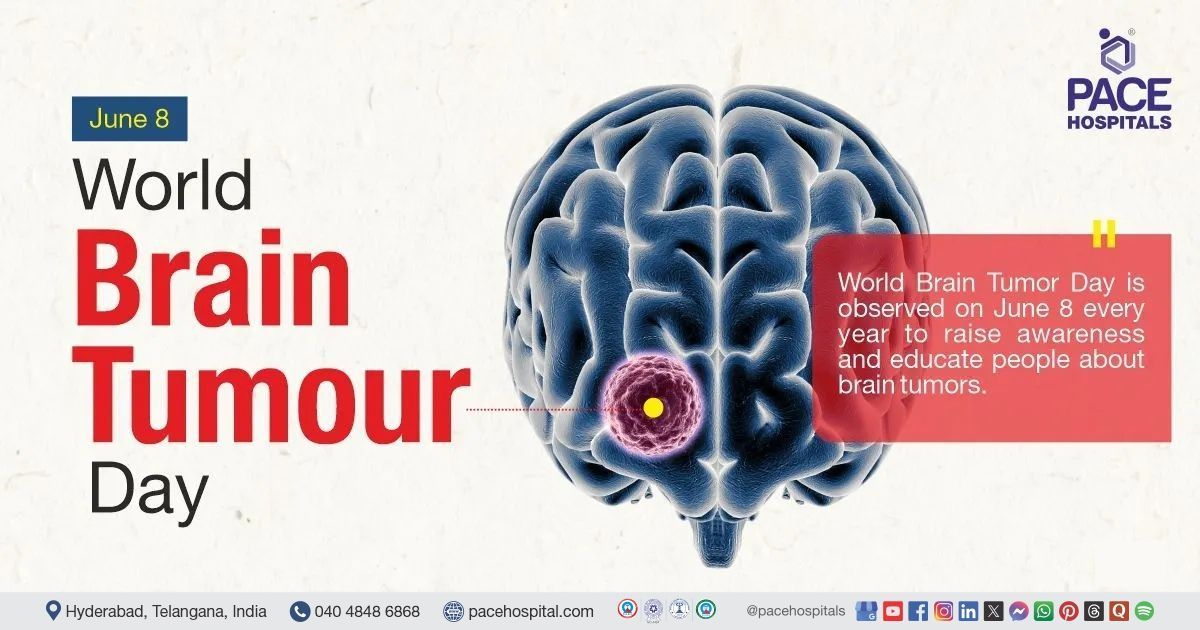
Why choose PACE Hospitals?
- A Multi-Super Speciality Hospital.
- NABH, NABL, NBE & NABH - Nursing Excellence accreditation.
- State-of-the-art Liver and Kidney transplant centre.
- Empanelled with all TPA’s for smooth cashless benefits.
- Centralized HIMS (Hospital Information System).
- Computerized health records available via website.
- Minimum waiting time for Inpatient and Outpatient.
- Round-the-clock guidance from highly qualified team of spine neurosurgeon, brain neurosurgeon and pediatric neurosurgeon.
- Standardization of ethical medical care.
- 24X7 Outpatient & Inpatient Pharmacy Services.
- State-of-the-art operation theaters.
- Intensive Care Units (Surgical and Medical) with ISO-9001 accreditation.

